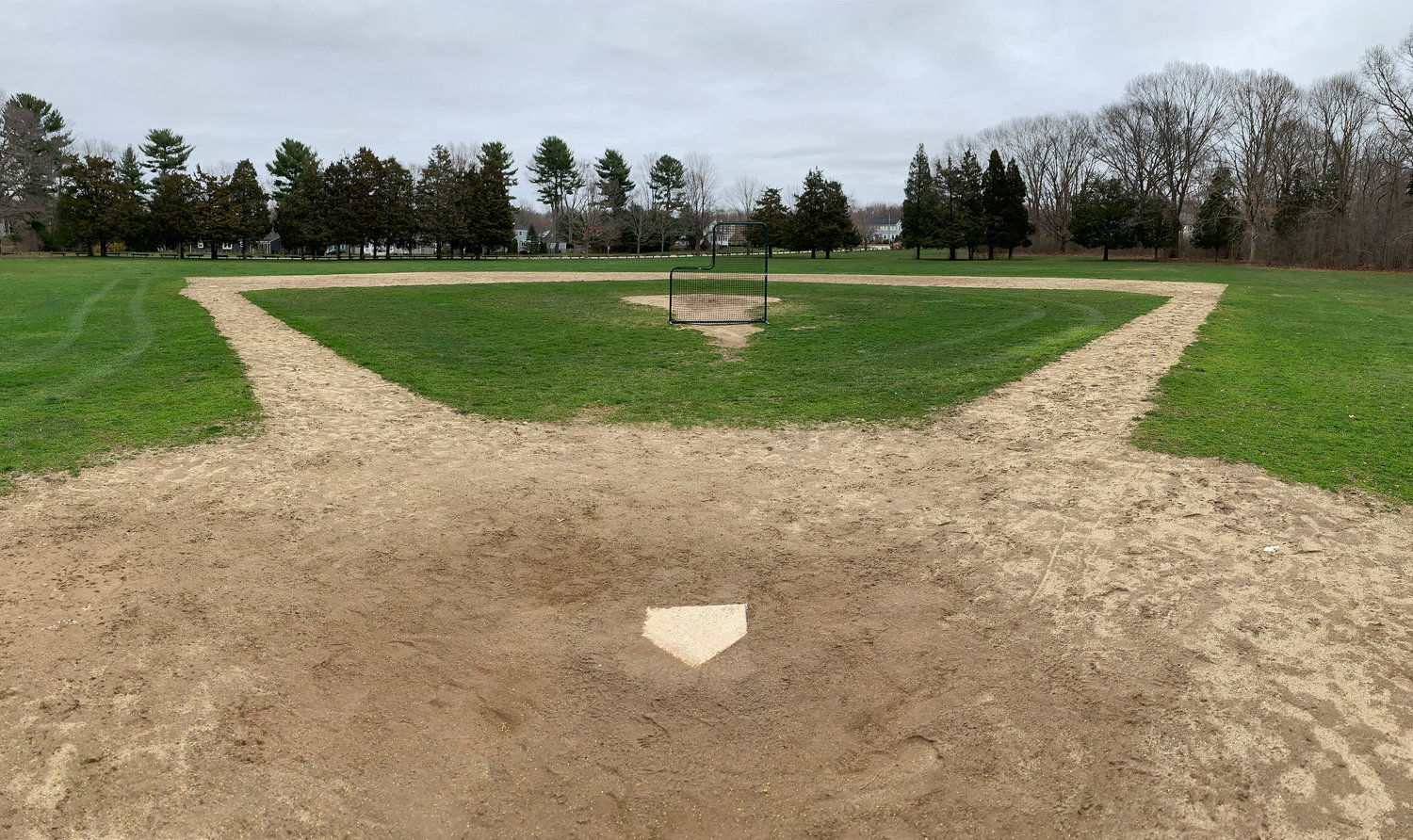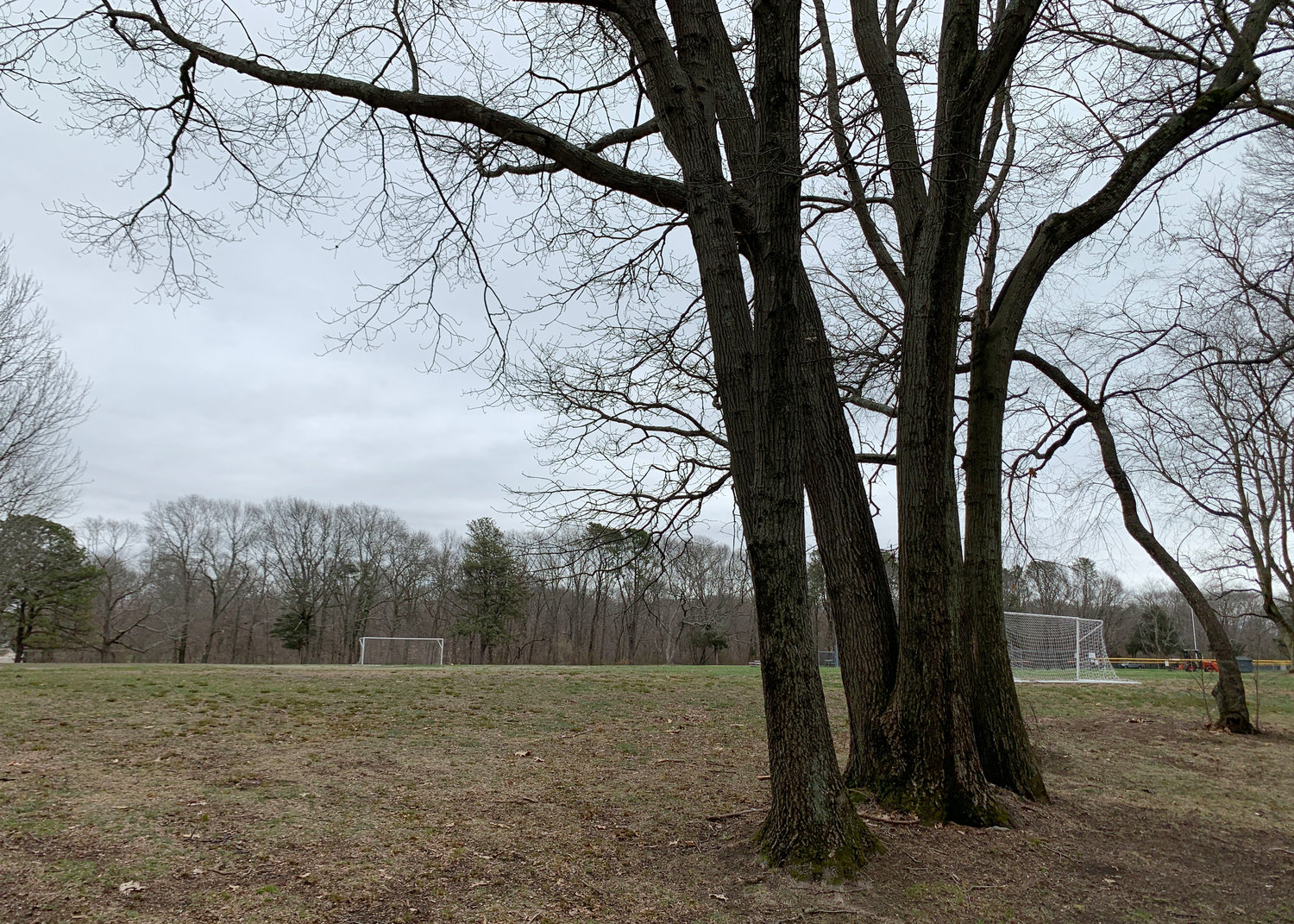Here’s what’s included in the Haines Park plan
Plan calls for new fields, trails and benches, and possibly scheduling conflicts
Changes are coming to Haines Park.
New athletic fields.
Larger parking lots.
Renovated walking trails.
The redevelopment of Haines Park is estimated to cost nearly $2 million and …
This item is available in full to subscribers.
Please log in to continue |
Register to post eventsIf you'd like to post an event to our calendar, you can create a free account by clicking here. Note that free accounts do not have access to our subscriber-only content. |
Day pass subscribers
Are you a day pass subscriber who needs to log in? Click here to continue.
Here’s what’s included in the Haines Park plan
Plan calls for new fields, trails and benches, and possibly scheduling conflicts
Changes are coming to Haines Park.
New athletic fields.
Larger parking lots.
Renovated walking trails.
The redevelopment of Haines Park is estimated to cost nearly $2 million and will take more than a year to complete. Once finished, the project will result in some significant changes to the state-owned park: two new multi-purpose fields, a new baseball diamond, new benches, parking lots and more.
The proposal earned the endorsement of the Barrington Park and Recreation Commission, was recommended by the Ad Hoc Athletic Field Advisory Committee, and a grant application to off-set some of the project’s price-tag earned unanimous approval by the Barrington Town Council.
The plan also appears to have the support of youth sports leagues in town, although some officials have voiced concerns about the project, which has received limited public attention: Brief discussions at the Dec. 6 council meeting and at two park and recreation commission meetings.
In fact, the design for the new fields was drafted prior to any public involvement or discussion regarding Haines Park.
In 2019, about two years before the plan landed in front of the town council, officials hired landscape architect Kevin Alverson to sketch a plan for the redevelopment of Haines. (There was no open bid process; town officials said the work fell below the threshold requiring public bids.)
The town used the sketch from Alverson while negotiating a new 30-year lease agreement with the state’s Department of Environmental Management.
The plan was then shared with the Ad Hoc Athletic Field Advisory Committee, and later with the Barrington Park and Recreation Commission and the town council.
“I'm excited about the plan to develop the multi-use athletic fields at Haines Park,” said Rob Humm, a member of the town council. “Youth sports and other recreational activities are very important for our kids and families in town, but the lack of fields is an issue, resulting in limited availability and overuse. This project will help. Hopefully the work on the Haines Park fields is the start to improving our overall field situation.”
Council president Michael Carroll agreed.
“The biggest single problem we have with our athletic fields is overuse. We need to have more fields so that we can properly rest some to keep them healthy. This plan provides a great opportunity to reduce the load on our athletic fields and will improve the quality of all of our fields,” he said.
Councilor Carl Kustell shared a similar level of excitement.
“…I am convinced of the need for field expansion for our youth sports leagues and as long as we make improvements to parking, Haines would help us meet the demand,” he said.
Council member Jacob Brier High said that demand for field time is a great problem for the town to have — and solving that problem is even better.
“Over the course of nearly two years, the Ad Hoc Athletic Field Advisory Committee put in a lot of time and energy exploring how to increase the availability of natural turf fields in town. With a 30-year agreement in place with RIDEM, developing Haines Park was the best option,” Brier said. “I think the plan (Town) Manager (Phil) Hervey submitted with the grant request is a good one for multiple reasons. If awarded, the grant will cover nearly a quarter of the cost to add two large, multi-use fields, to renovate a baseball or softball diamond, and to create some nature trails. We'll have to address a need for more parking and the related traffic flow issues, but those aren't new challenges during peak recreational periods. I'd like to make sure that if and when the project moves forward, we're taking into account any concerns of residents who abut the park, and working to mitigate those concerns. Overall, I'm quite optimistic about it.”
Some sports league officials are not quite as excited about the plan.
Despite sharing letters of endorsement when the town applied for the $400,000 DEM grant, some sports league leaders said the plan was “not great” and acknowledged that the new layout of fields at Haines opens the door for future scheduling conflicts.
The plan calls for the development of a multi-purpose field that would overlap the right field section of the large baseball diamond at Haines Park.
That shared space creates potential scheduling conflicts between Barrington Little League, East Bay Lacrosse and the Barrington Youth Soccer Association.
It’s a similar situation to the new athletic fields at Barrington Middle School, where multi-purpose fields overlap a baseball diamond. Youth sports league officials struggled to negotiate shared use of those fields — in a recent email exchange, league officials argued over who should have priority use of which fields and when.
The discussion included a lacrosse league official writing: “Any proposal that utilizes lacrosse fields at BMS as well as one soccer field is not manageable if baseball is playing at the same time at BMS. This would clearly create an unsafe condition due to the location of the baseball field at BMS.”
Another sports league official wrote: “Unfortunately, with the exception of a few, all of the large fields with adequate space for lacrosse and soccer abut with baseball, becoming unusable with a Little League game in play.”
The town’s policy gives priority use of fields to sports in their primary seasons — lacrosse and baseball share the same primary season: spring.
“Baseball gets priority over that field,” said Mike Seward, chairman of the Barrington Park and Recreation Commission, regarding Haines Park.
In a follow-up email, Seward added: “As a member of the Ad-hoc field advisory committee and both the ‘field maintenance and acquisition’ and the ‘field use and scheduling’ subcommittees, I personally was the one who worked with the heads of Little League, lacrosse, soccer, Pop Warner and George Finn from the Barrington school system from October to January of 2020 to chart the field usage across all town and school fields and determine where the bottleneck was. There was complete by-in for additional field space from all parties.”
While leagues may have agreed on the need for additional field space, some youth sports leaders question the involvement leagues had with the Haines Park plan.
Said one sports league official: “I had a hand in reviewing that plan, though I was on a different committee and Covid really messed with the timing getting the plan created.”
At least three sports leagues acknowledged that the Haines Park plan was never reviewed by their boards of directors.
Plan details
The master plan for Haines Park includes the new multi-use field overlapping the outfield portion of the large baseball diamond closer to Washington Road, as well as the relocation of Harrington Field and construction of a new multi-use field farther west in the park.
The plan calls for the removal of more than 40 trees, many of them large red oaks or native red cedars.
The project carries a $1.8 million price tag, but officials submitted a grant request to the Rhode Island Department of Environmental Management for $400,000. Officials are still waiting for an answer on the grant request.
Normally, spending $1.5 million would require a bond and a public vote, but officials have indicated that they might be interested in using federal American Rescue Plan (ARP) funding that was distributed to the town.









